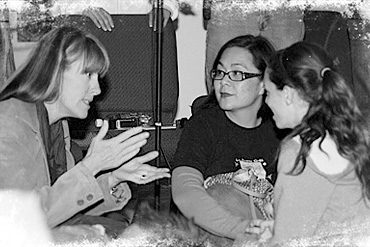The cross of Jesus is such a big and central message in Christianity that we need to spend more time on it. So continuing the discussion from the previous week’s message, “Lamb of God,” and in answer to the perennial questions—why is the bible so violent, and why would God sacrifice his son?—we’re looking at deeper ways of understanding Calvary that neither compromise the sacrifice of Jesus nor the love of the Father. In typical midrash fashion (see the message “Deeper Reading” for more on midrash), the New Testament writers portray Jesus on the cross using three deeply embedded images from the Old Testament: the Passover Lamb, the Lifted Up One, and the Scapegoat. To fully understand how Jesus’ first followers understood his sacrifice on the cross, we need to know how these three images functioned in the spiritual lives of the people and how they applied to the spiritual truth of Jesus’ sacrifice.
The cross of Jesus is such a big and central message in Christianity that we need to spend more time on it. So continuing the discussion from the previous week’s message, “Lamb of God,” and in answer to the perennial questions—why is the bible so violent, and why would God sacrifice his son?—we’re looking at deeper ways of understanding Calvary that neither compromise the sacrifice of Jesus nor the love of the Father. In typical midrash fashion (see the message “Deeper Reading” for more on midrash), the New Testament writers portray Jesus on the cross using three deeply embedded images from the Old Testament: the Passover Lamb, the Lifted Up One, and the Scapegoat. To fully understand how Jesus’ first followers understood his sacrifice on the cross, we need to know how these three images functioned in the spiritual lives of the people and how they applied to the spiritual truth of Jesus’ sacrifice.




